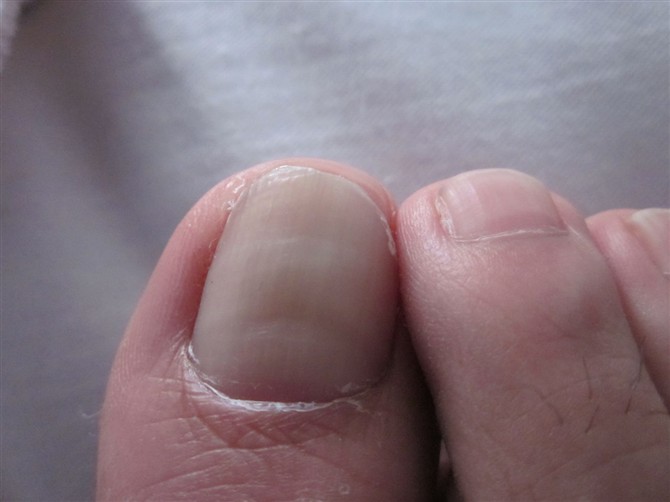Paronychia is an infection that affects the skin surrounding the nails and is quite common amongst chronic nail biters. What usually causes paronychia is an injury to the area surrounding the nail and this is usually the result of trimming, clipping, biting or picking at the nail or the surrounding skin. The infection that sets in could be the result of a bacteria or a fungus, leading to the classification of bacterial paronychia and fungal paronychia respectively. On occasion, both types of infections may occur simultaneously. Fungal paronychia is commonly found in diabetics and those who have their hands or feet immersed in water for long periods of time such as swimmers and plumbers.
Treatment for paronychia at home using conventional remedies such as antibacterial soaps and proper nail care is usually sufficient to deal with the problem as long as the infection has been detected early. When left untreated, it may lead to the development of abscesses and other complications, requiring the need for medical intervention.
A reddish swollen area around the finger nail or toe nail that is accompanied by pain is usually the first sign of paronychia. In the case of bacterial paronychia there may be pus filled blisters that can be quite painful. The onset of symptoms during bacterial infection is quite sudden, while in the case of fungal infections the symptoms tend to develop gradually. Changes in the appearance of the nail will also be apparent such as a misshapen appearance, a semidetached appearance or a discoloration.

Paronychia
You should consult your doctor immediately if the redness spreads to areas beyond the nail such as the finger pads. This is usually an indication that a more serious infection affecting the deep tissues of the digit is developing. Other symptoms that warrant a prompt visit to the doctor include the formation of an abscess with pus, inability to move the joint due to swelling, fever and chills. The latter symptoms would be indicative of a serious infection that requires emergency treatment.
Your doctor will usually be able to diagnose paronychia during a visual examination. A laboratory test of the pus drained may be required to determine the origin of the infection, whether bacterial or fungal. Treatment for paronychia depends on the severity of the infection. In milder cases, your doctor may suggest a simple cleansing routine to get rid of the infection. Antibiotics may be prescribed in cases of bacterial paronychia while antifungal medications and ointments may be required in cases of fungal paronychia. Abscesses will have to be drained of the pus. This will be done under the effect of local anesthesia. In some cases, part of or the complete nail may have to be removed.
The treatment for paronychia is quite effective with most people responding well when treated early. Bacterial infections tend to clear up quicker than fungal infections which may take up to a few months to clear up completely. Delayed treatment may result in the onset of complications such as abscesses, loss of the nail and the spread of the infection to the tendons, bones and the bloodstream.
Caring for the affected areas at home can be quite effective in curing and even preventing paronychia. Prevention usually centers on proper nail and skin care. Avoid biting or damaging the nails as they take a long time to grow. Avoid exposing your fingers to detergents and chemicals by wearing protective gloves. Trim your nails regularly and keep the implements clean, disinfecting them before use. Trimming your nails after a bath is much easier as the nails are softer and easier to cut. Avoid the use of cuticle removers as it may lead to damage around the base of the nail, making it an easy entryway for bacteria and fungi.
At home, you can treat bacterial paronychia by soaking your hands or feet in hot water for about 15 minutes. Do this three to four times a day. It will help provide relief from the pain and the swelling. You can also add an antibacterial soap to the mix. Ideally, this should be done when the first signs of redness or swelling appear. If pus drains from the nail, use a tissue to absorb the pus and clean the area. Wash the hand or foot with warm soapy water, dry it gently and then apply hydrogen peroxide solution to the nail. This will help to prevent further infection of the nail.
For fungal infections you should keep dry your hands and feet thoroughly after washing. Dry your hands and feet after you wash them and use a little dusting powder to absorb any excess moisture. Avoid immersing the affected nail in water for long periods of time. Abstain from swimming till such time as the infection clears. Your doctor will be able to prescribe antifungal ointments and lotions that you can apply to the affected areas.

![Diseases, Symptoms, tcm, [tcmwindow.com]](/uploadFile/adImg/2015/11/11/f5cbfcc0-4df5-4646-9b9a-f316651a0199.jpg)





